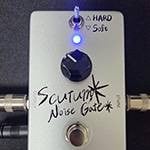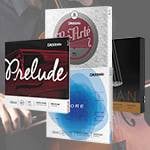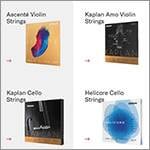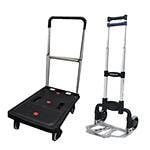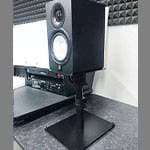If you’ve ever worked with musical instruments or audio equipment, you’ve probably heard the terms ‘balanced connection’ and ‘unbalanced connection’.
When you first hear about them, you might get the impression that balanced connections are more stable and high-end (That was my first impression when I encountered these terms).
However, when you dig deeper into the mechanism, you’ll understand that the term ‘balanced connection’ truly reflects its meaningful functionality. In this post, I’lm going to explain balanced connections.
■ What Is a Balanced Connection?
To start with the cable’s internal structure, it consists of two copper wires wrapped in a shielded wire.
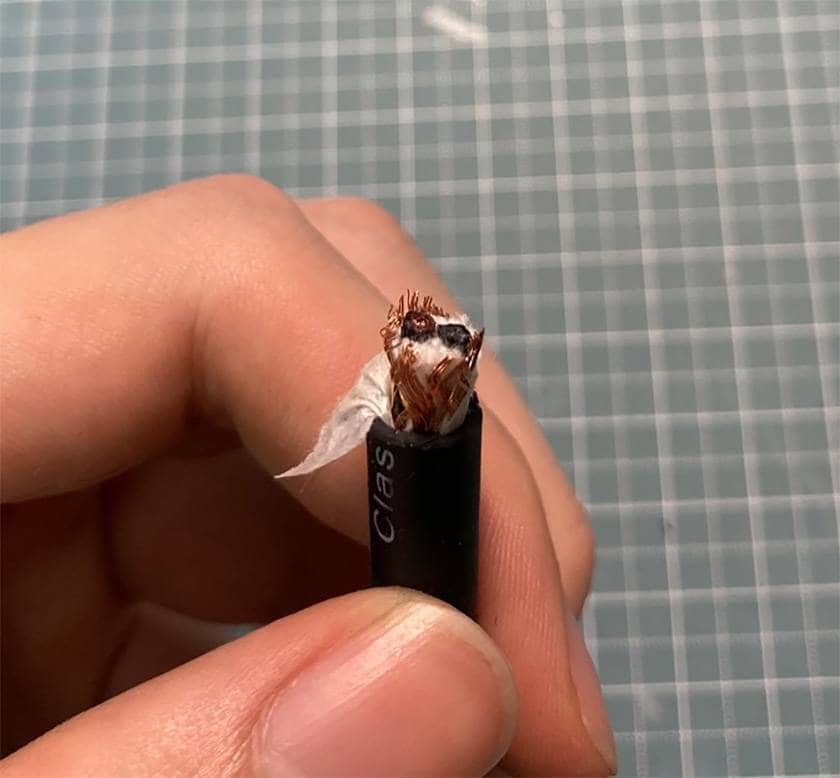
The shielded wire serves as the GND (ground), and the two copper wires are separated into HOT and COLD.
To explain briefly, GND is set at 0V (ground), while the HOT carries the positive-phase electrical signal, and the COLD carries the negative-phase electrical signal.
・About the Phase of the Electrical Signal
Electrical signals flow through the cable, rising and falling like waves. This wave’s cycle is referred to as the phase.
Here’s a rough illustration of how it looks:
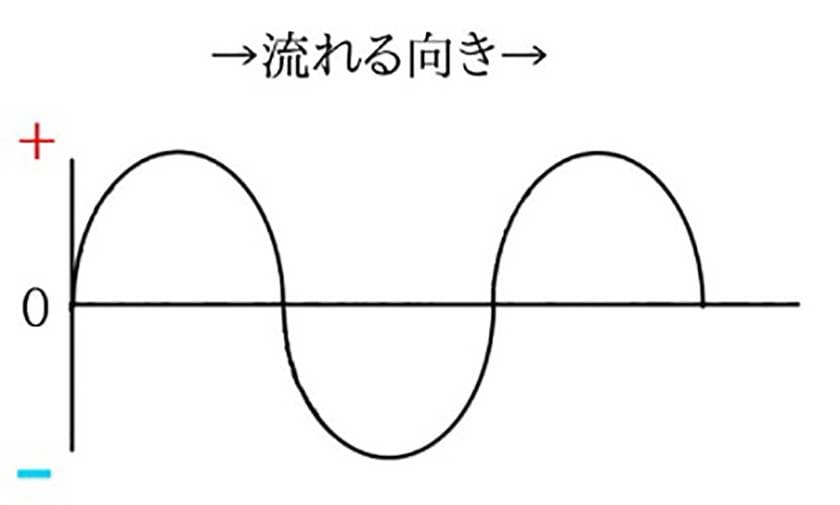
The higher the wave, the louder the sound, and the narrower the wave, the higher the pitch (This relates to the concepts of amplitude and frequency that you might have learned in middle school science).
In a balanced connection, the audio picked up by a microphone, for example, is converted into an electrical signal. The HOT carries the positive-phase signal, and the COLD carries the opposite-phase signal.
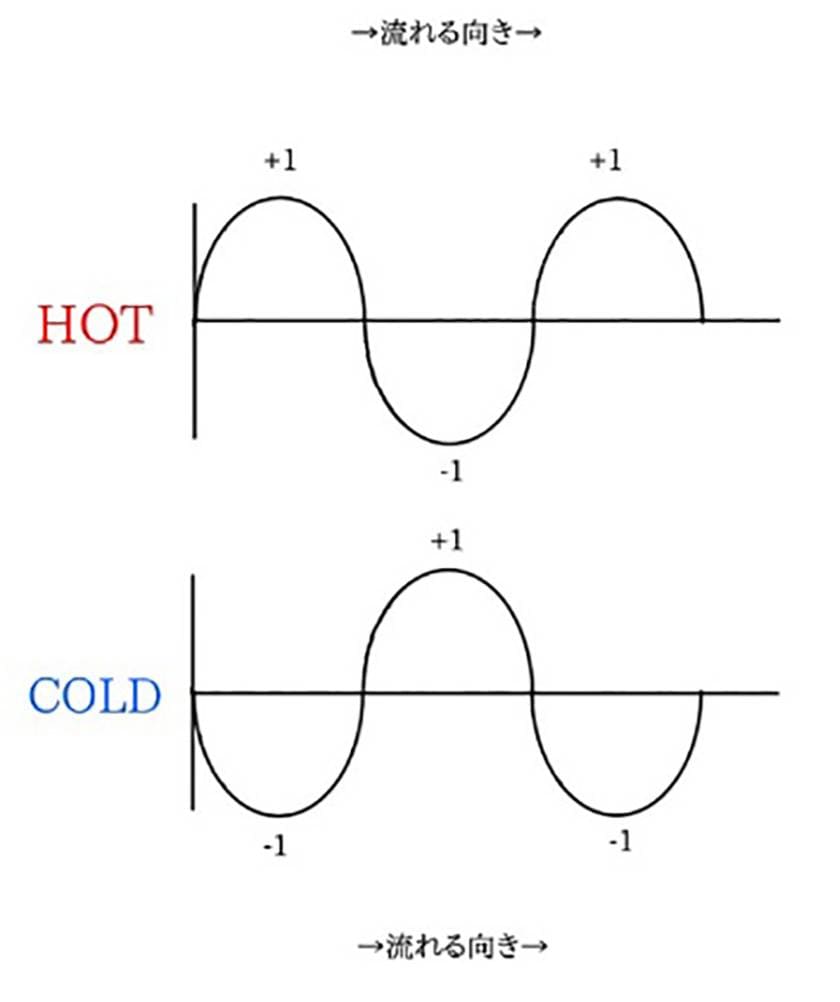
If you consider HOT as +1, the COLD at that point would be -1, creating a balance. This balance is the origin of the term ‘balanced connection’.
■ What Is GND?
If the electrical signals are flowing through HOT and COLD, then what’s the purpose of GND?
GND serves the function of sending the electrical current.
Electricity flows from a high potential to a low potential, and without a low point, the current wouldn’t flow.
By having GND (0V) as the lowest point, the current is able to flow.
■ How Balanced Connections Work
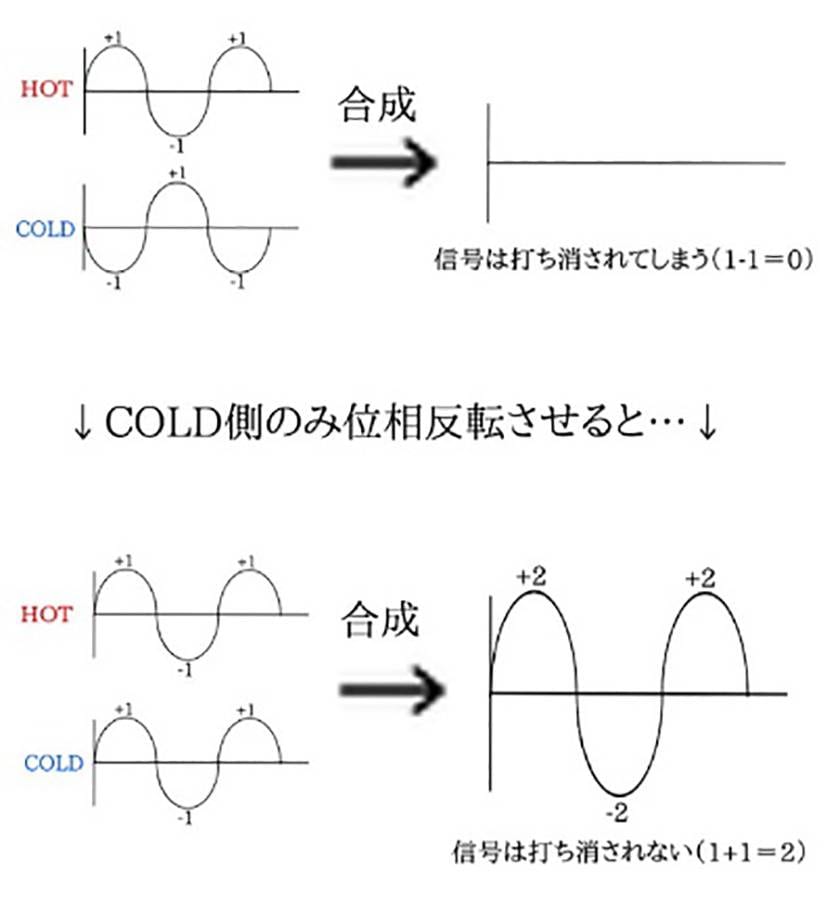
The signal from the microphone, for example, is processed by a mixer, where the COLD signal is inverted before being mixed with the HOT signal for use.
(If the HOT and COLD signals were mixed as were, the positive and negative waves would cancel each other out, resulting in a wave height of zero. This is why a phase inverter is necessary in balanced connections.)
■ Why Balanced Connections Are Resistant to Noise
The longer the cable, the more it is exposed to electromagnetic interference, which can introduce noise into the signal.
One of the key features of a balanced cable is that any noise introduced into the HOT and COLD wires will have the same phase.
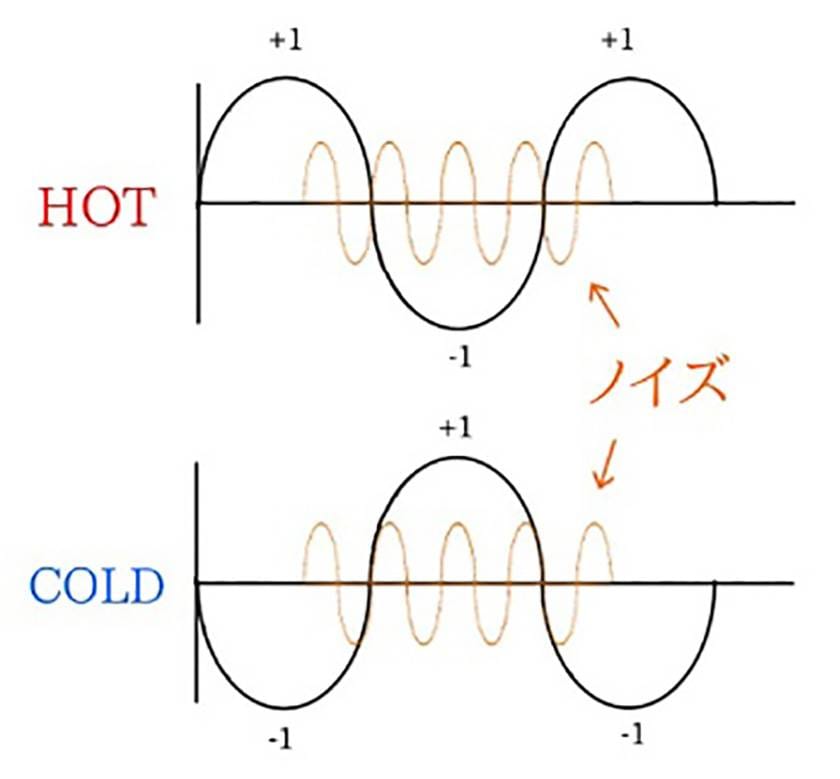
*The actual waveform may differ.
(For clarity, the phases of the audio and noise signals have been separated.)
For instance, if noise is introduced along the cable like this:
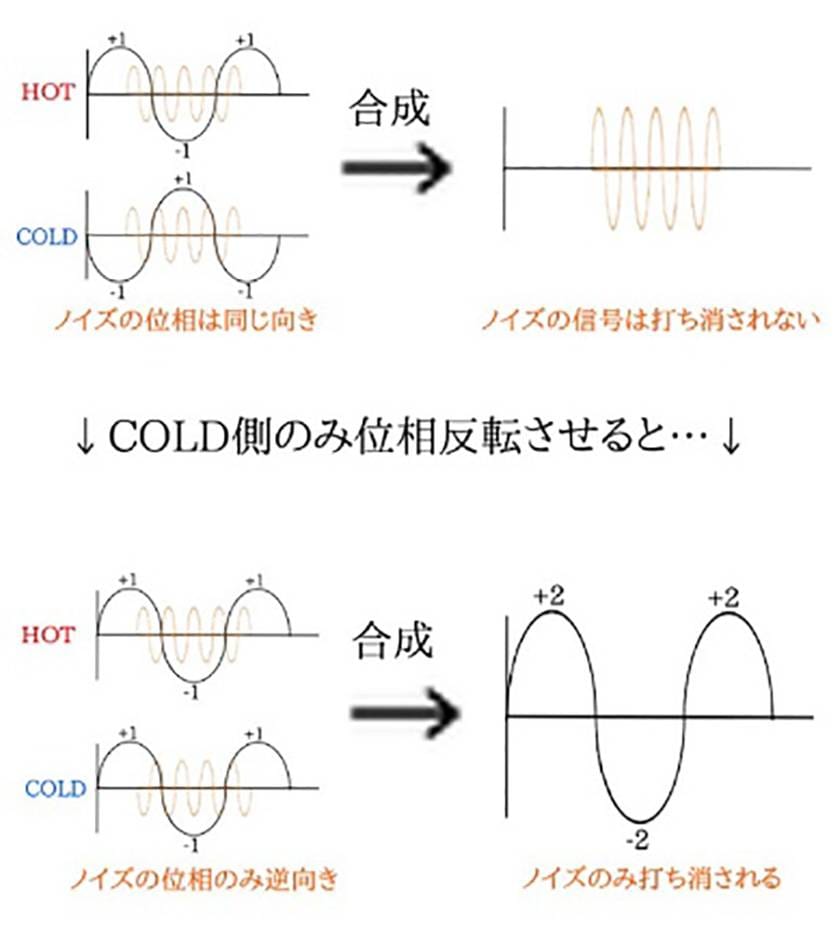
When you invert the phase of the COLD signal, only the noise phase is reversed.
By combining them in this way, the noise signals cancel each other out, effectively removing the noise.
■ Conclusion
Balanced connections use the phase of the signal to cancel out noise.
It’s an ingenious system, and it makes me appreciate the brilliance of those who developed this technology.
This time, I focused on balanced connections, but in future posts, I hope to write about unbalanced connections.






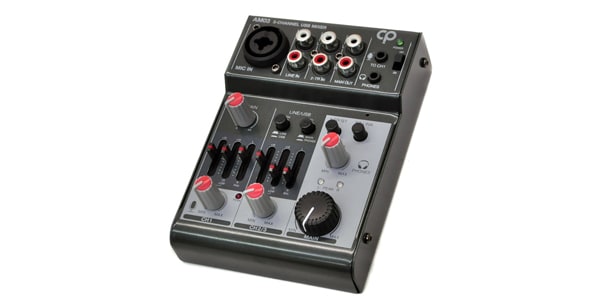
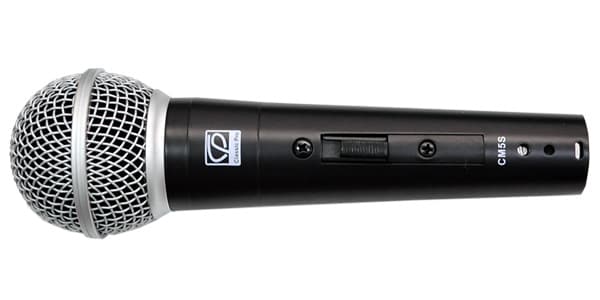
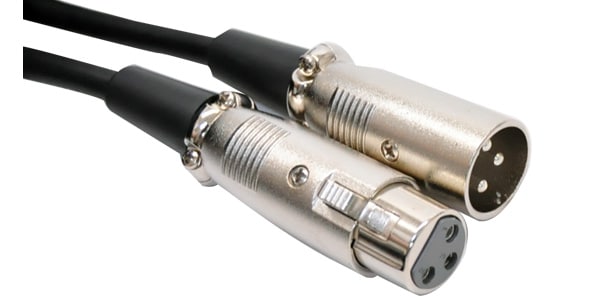



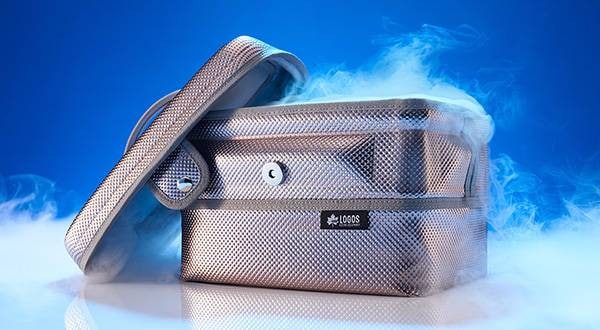
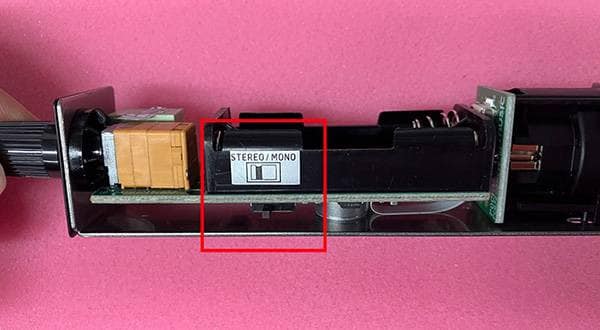
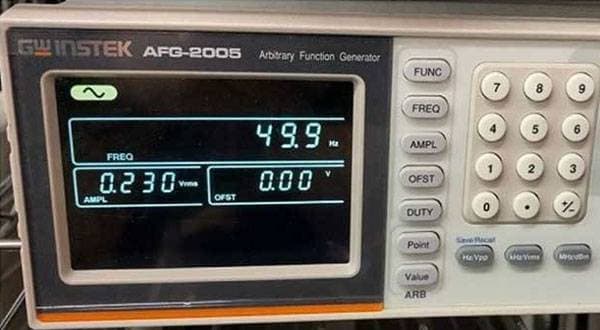
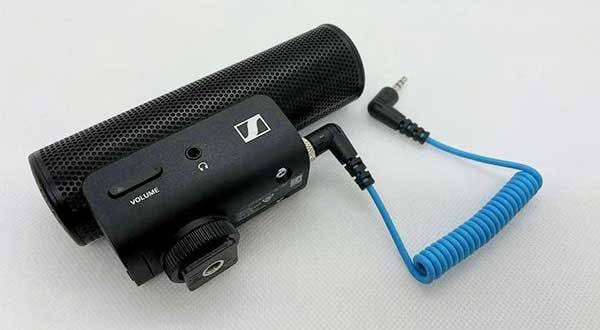
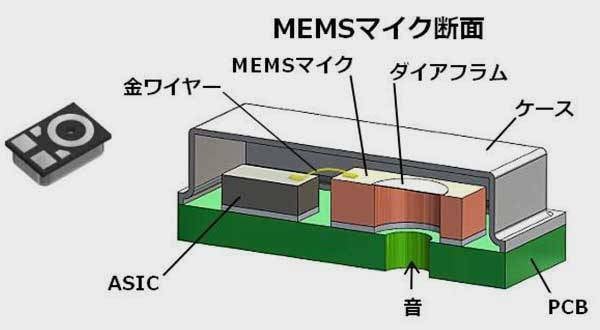
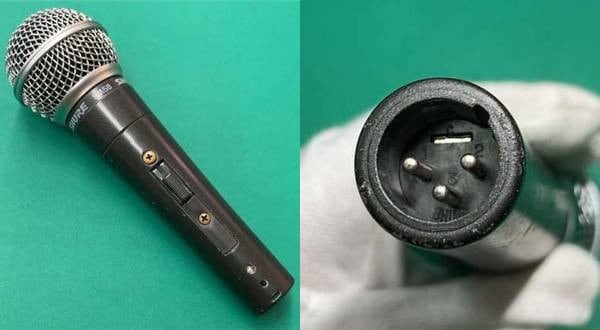

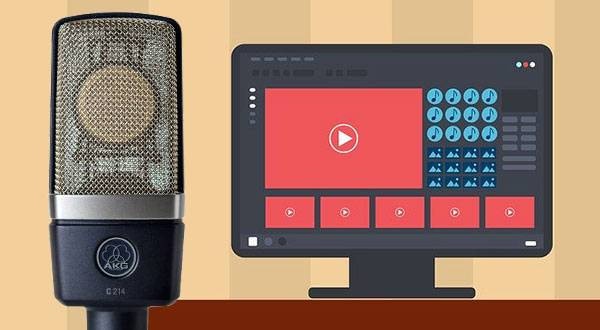
 CLASSIC PRO こだわり商品特集
CLASSIC PRO こだわり商品特集
 サウンドハウスはアプリでさらにお得に!
サウンドハウスはアプリでさらにお得に!
 コンデンサーマイクとは
コンデンサーマイクとは
 マイクケーブルの作り方
マイクケーブルの作り方
 ワイヤレスマイクロホン
ワイヤレスマイクロホン
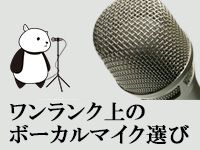 ワンランク上のボーカルマイク選び
ワンランク上のボーカルマイク選び
